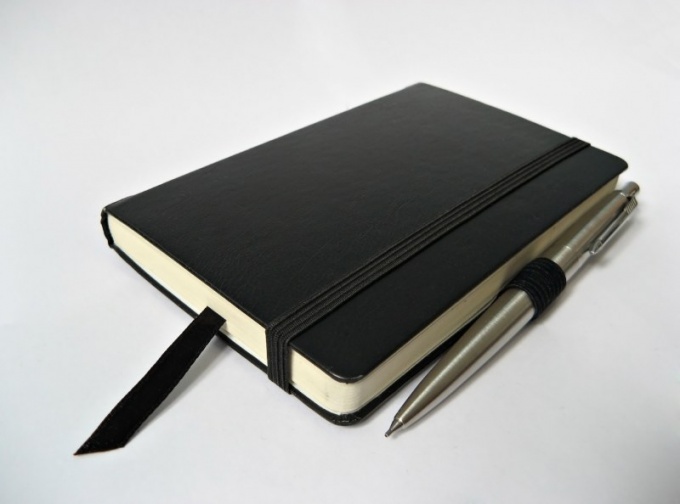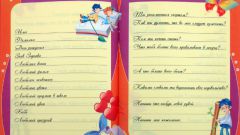Instruction
1
Get a notebook or create a spreadsheet for the diary. You will need six columns. In the first of them to write the surname, name and patronymic of the author, and the title of the work, the year of its creation. If a reader's diary will need to prepare for exam, write down the name and patronymic of the author in full, not initials.
2
In the second column, write a brief content of the work. Write it down so you understand all the plot lines, twists and turns, interchange. Focus on this task of deciding how much detail you need to repeat the content.
3
Separately list the shape features chosen by the author. You can describe the features of author's style, to call the genre in which written work, to assess its structure. Mark, what direction is the work of this writer and how this is evident in the work that you read.
4
The fourth column to get information about the characters. Write the name of the hero, his role in the work – family relationship with other characters, occupation. List the most important traits of the hero. If they are reflected in his appearance, name these features of the look of the character.
5
In the next section collect the most interesting and "revealing" quotes. After each statement, indicate by whom it was uttered, and, if necessary, in what context. Do not be distracted by the beautiful, but not very important text. Stand in a diary , only those quotes that are key to understanding the works.
6
In the last column lock your impressions of books or separate works. Write it on a draft immediately after reading. Then go back to thinking about work after two or three days. Finalized evaluation, thoughts, emotions, write in a diary. When reading three-dimensional work it is possible to record the impression of not having read the book. Describe your emotions, just start reading, in the middle of the plot, and finally, having finished the book.






